This site is part of various affiliate programs. Links may give us a small compensation for any purchases you make, at no additional cost to you. Please read the disclaimer policy for full details.
Getty Images are one of the most famous photo libraries in the world, with Shutterstock one of the most famous microstock agencies. Deciding on which you need for your project can be tough as it requires you to go in-depth with each agency to see what kinds of images that provide and their pricing structures.
Pricing in particular can be difficult to figure out with the varieties of licenses and prices available, and throwing in monthly subscriptions and one-off credit packs doesn’t make it any easier to understand.
This article gives a quick overview of Shutterstock vs Getty in terms of prices and usability, so that you can get a feel as to which agency is right for you.
When comparing Getty Images vs Shutterstock:
- Shutterstock is ideal for freelance designers and users looking for standard images for websites and other projects, with a vast selection available at competitive prices, both as monthly subscriptions and on-off purchases.
- Getty is the world’s premium image library, and is ideal for those wanting exclusive, rights-managed images, for top-dollar projects where price is no object.
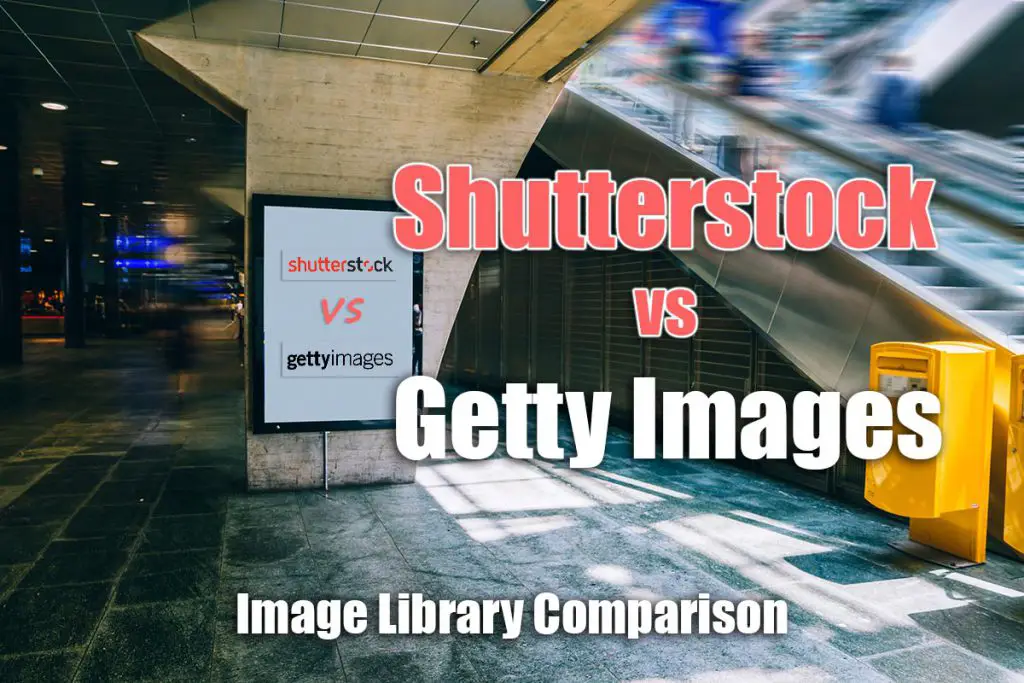
Shutterstock vs Getty Comparison
You can compare the major differences between Getty and Shutterstock below. We will then take a look at the differences in usability between the two agencies.
| Comparison | Getty Images | Shutterstock |
|---|---|---|
| Offers Royalty-Free Images? | ✔ | ✔ |
| Offers Exclusive, Right’s Managed Licenses? | ✔ | ✘ |
| Offers Annual / Monthly Subscriptions? | ✘ | ✔ |
| Offers On-Demand Images? | ✔ | ✔ |
| Has a Dedicated Team to Handle Clearances for you? | ✔ | ✘ |
| No. of Downloads per Month (Subscription) | N/A | 10; 50; 350; 750 |
| No. of Downloads per On-Demand Pack | 1; 5; 10 | 2; 5; 25 |
| Subscription Cost per Image | N/A | $0.22 – $4.90 |
| On Demand Cost per Image | $150.00 – $499.00 | $9.16 – $14.50 |
| Ease of Use | Medium – no integration with design software like Adobe Creative Cloud. Essentially the same web search interface as Shutterstock | Easy – basic integrations with Adobe |
| Major Pros | Simple licensing structure; Exclusive licenses available; Dedicated team to handle clearances; World’s top imagery that you don’t see elsewhere | Browser-based editor; cheap images for lower volume users; wide range of images; simple licensing |
| Major Cons | Very expensive | Smaller selection of images; Only royalty-free images |
| Ideal for | High-end users looking for world-leading imagery, including some of the most iconic photos in history, and who don’t care about price | Freelance designers and agencies looking for high quality images in a monthly subscription, or those wanting ease of use and excellent value for money |
| Free Trial | None | 10 Free Images |
Getty Images vs Shutterstock Pros and Cons
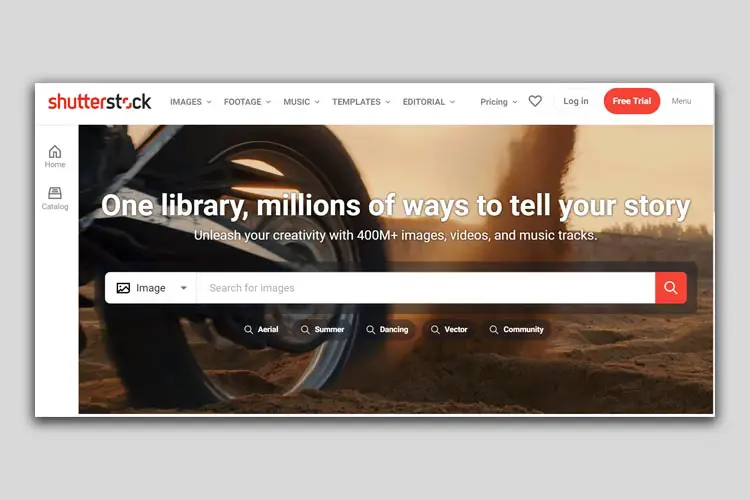

Shutterstock
Pros
- High quality images
- Plenty of plugins and extensions for integrations
- Browser-based editor
- Very high total number of images
- Cheaper for lower volumes of images
- Good monthly subscription packs and prices
- No confusing licenses or multiple collections
Cons
- On-demand pack sizes are very small
- Subscription credits expire at the end of the month
- Cannot download more images than your subscription plan
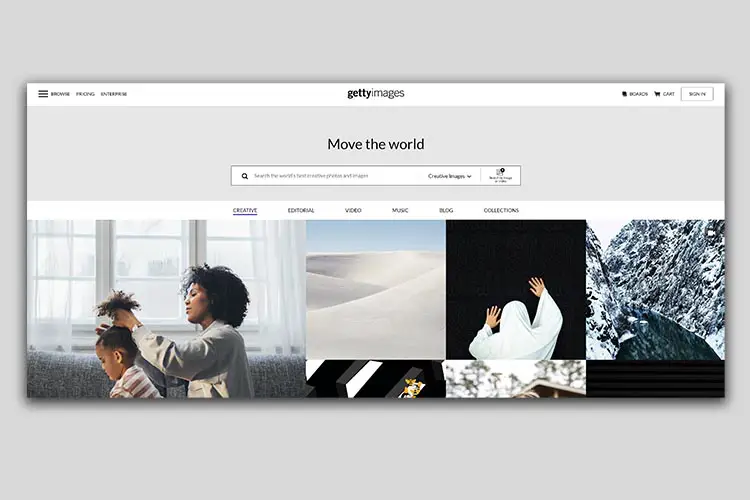

Getty Images
Pros
- World-famous imagery
- The widest selection of images of any library
- The highest quality images of any library
- Access to a dedicated image clearance team
- Fantastic all-round support
- Exclusive image licensing available
- Easy to use pricing structure
- Ideal for photos of celebrities and for single photos for advertising major products
Cons
- Very expensive
- Not ideal for those wanting to create composite images
Who Should Use Shutterstock?
Shutterstock offers a comprehensive library of images to suit pretty much any project. Images are on average of lower quality when compared to Getty, but are more than good enough for most, and are significantly cheaper.
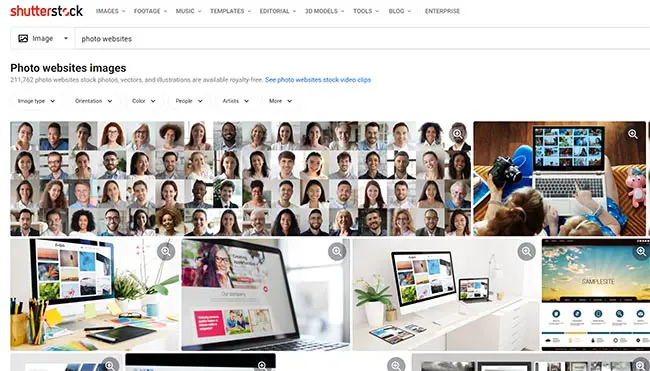
The site has some basic integrations with Adobe software, but you will likely be using it in isolation, searching through the web browser and using the well-designed filters. If you want Photoshop or Illustrator integrations that work well enough that you don’t need to use a browser and can search from within those programs, then take a look at Adobe Stock.
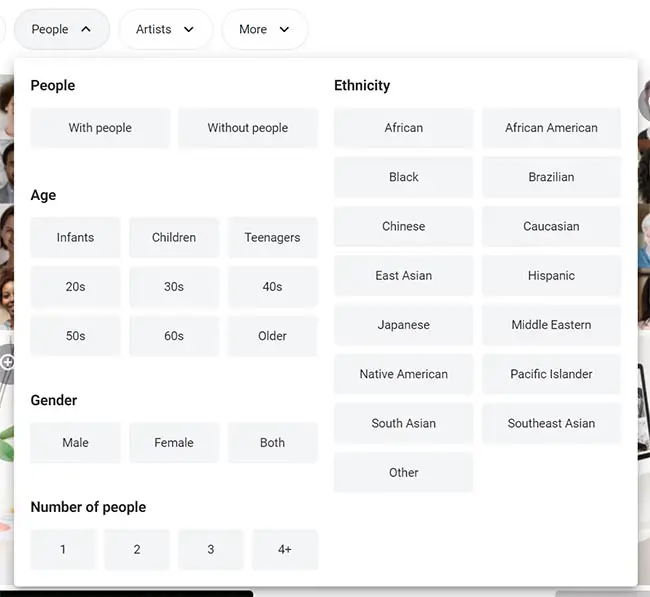
The search filters are primarily aimed at finding images of people, which seems to consist of the majority of the Shutterstock library. There are of course plenty of non-person centric photos, but these can be be harder to find, unless they have been keyworded well by the photographer.

A real advantage of Shutterstock over Getty is the inclusion of a browser-based image editor. This only allows for basic edits, but for those who are unfamiliar with traditional design programs, or don’t have access to them, the editor allows you to modify images to make them unique – a massive bonus particularly for web use.
Shutterstock pricing is also much lower than for Getty, meaning that if you are at all working to a budget, then Shutterstock is going to be the better choice for you.
Overall, Shutterstock is better suited to heavier users or those who need basic images. If you are looking for images that are primarily used for decoration or to use in composites, then the pricing of Shutterstock is much more attractive than Getty.
Who Should Use Getty Images?
Getty Images is a massive photo library, containing some of the most famous photos in history, but this comes at a very high price.
You are unlikely to be using Getty’s images purely for decoration – these are best suited to high-end product launches, or to illustrate a very specific scene.
Pricing is high, with no monthly subscription service offered, unlike with Shutterstock. Instead, you must buy your images as one-off purchases according to size.
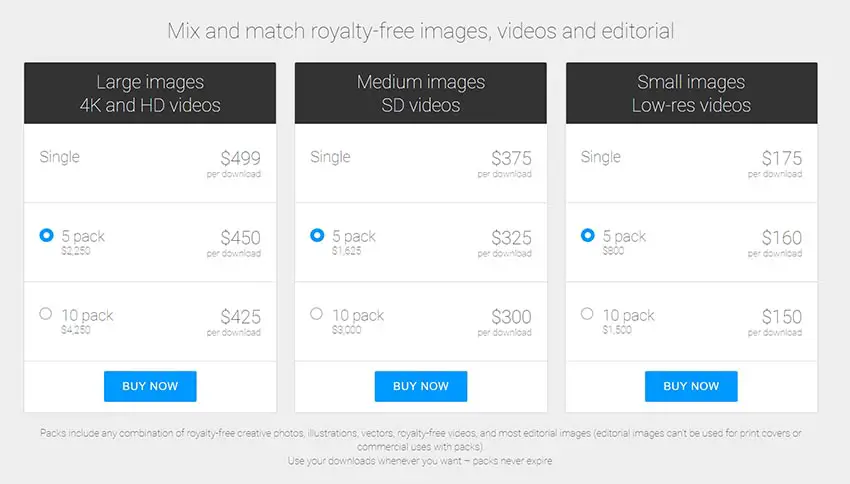
Even small images will cost you a minimum of $150, making Getty completely unsuitable for most uses, but they are really aimed at very specific use-cases, rather than the general use-case of Shutterstock.
The real advantage of Getty is the ability to license images exclusively, meaning that no-one else is able to download and use them for the term that you have specified. This costs extra, on-top of the stated prices, but is essential for high-end uses.
Getty also offer the services of an in-house rights clearance service, which come in very handy if you want to use an image of a celebrity in a commercial context, for example.
Overall, because of Getty’s high cost and the sheer quality of their library, they are not suited for those looking for images to use in composites, but are ideal for high-end agencies and customers looking for that one-off, special image to promote a major product launch.
Shutterstock vs Getty Images: Which is Better?
There are good reasons why you might think Shutterstock or Getty is the better agency – Shutterstock offers better value for money, while Getty offers exceptional images.
But unless you need the very specific, high-end imagery of Getty, then the more basic, cheaper imagery of Shutterstock is almost certainly the better choice.

- Shutterstock is ideal for freelance designers and users who need regular or one-off images for websites or other projects, and demand value for money.

- Getty Images is best for high-end users needing one-off examples of world-famous images.
Read More:
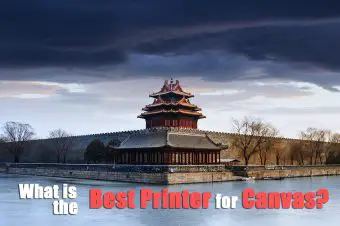
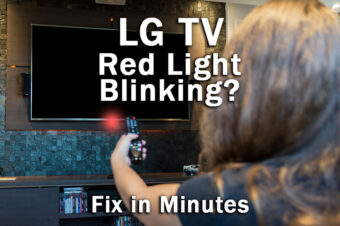

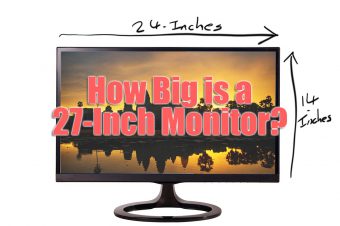
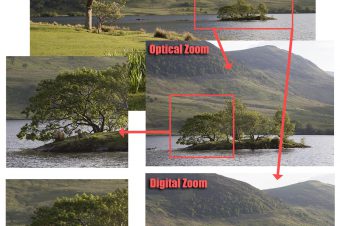
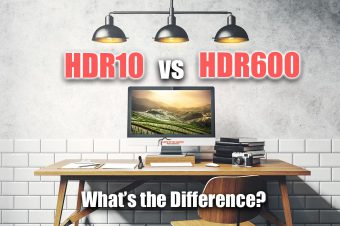
Leave a Reply